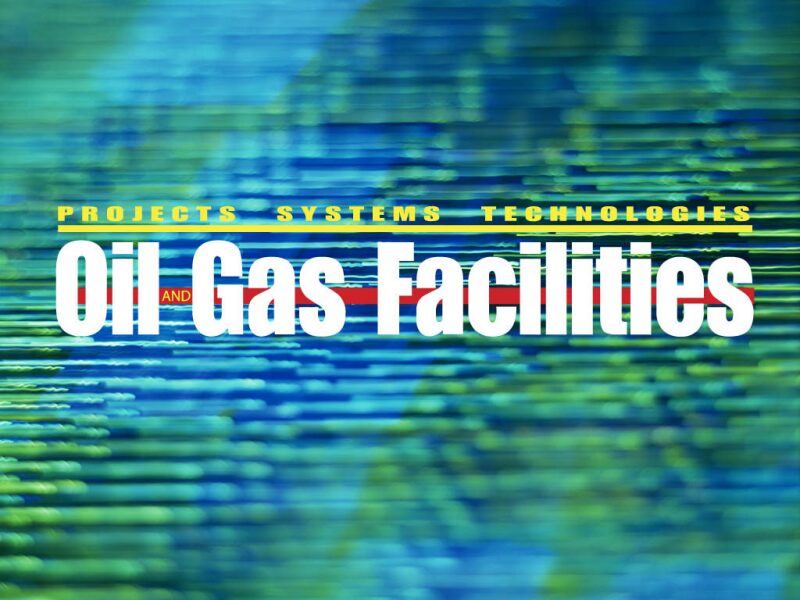Summary
Subsea-processing technology (SPT) is one of the frontier tools currently been explored by the oil and gas industry to open new opportunities and achieve more-effective exploitation of offshore oil and gas reserves. Exploration and production has moved into unlocking reserves that are less attractive and in difficult environments (e.g., marginal deepwater fields). These marginal fields are located remotely offshore and require one form of processing or another before they can be productive commercially. This paper focuses on the applicability of SPT employing multiphase pumps (MPPs) to develop marginal fields commercially. This was as a result of the technology selection established by a comparison of performances of several SPTs for effective development of marginal fields using tools [e.g., quality function deployment (QFD)], and evaluated further using an analytical hierarchical process (AHP), resulting in the most effective innovative SPT for marginal-field development. The result from these tools was validated further in their applications to real-life fields, and this is achieved by specific field-case simulation studies using the OLGA transient multiphase flow dynamic model program to commercially develop marginal fields.
Introduction
The challenges faced by the present offshore industry indicates that the era of “easy oil” is over with more of the oil and gas reserves being discovered in unconventional and remote fields (Magi et al. 2011; Liddle 2012). The majority of the world’s exploration and production companies have a significant number of these fields in their portfolio (Nischal et al. 2012). An offshore marginal field is a field that may not produce enough hydrocarbons to make it worth developing at a particular time because of technical, economic, geological, and geographical reasons, but can become economically viable if the previously stated conditions change (Nischal et al. 2012; Abili et al. 2012). For successful development of marginal fields economically, optimal production of hydrocarbons is the key (Di Silvestro et al. 2011). In the development of marginal fields, innovative solutions are necessary because conventional solutions will not serve to make such field developments economically viable. Recent industrial effort has been focused on the accelerated development of SPT (Vu et al. 2009). One of the innovative solutions is through the handling and treatment of produced oil and gas at or below the seabed for transport to topside facilities to mitigate flow-assurance issues (e.g., hydrate formation, oil and gas conditioning). Subsea processing considers effective solutions for oil-production enhancement for fields having challenging reservoir characteristics (Di Silvestro et al. 2011).

